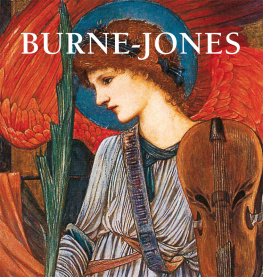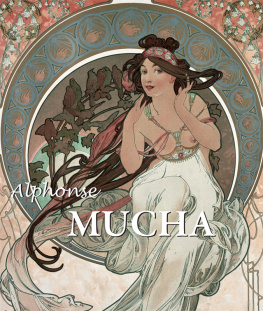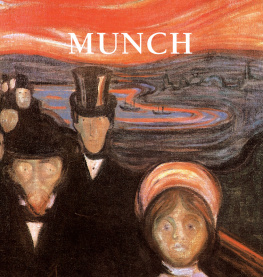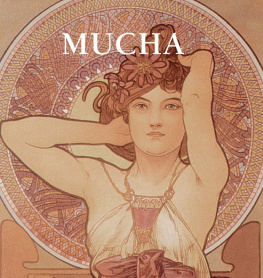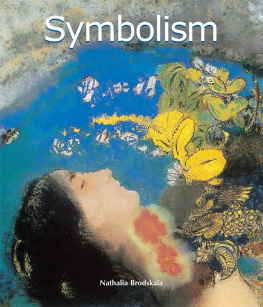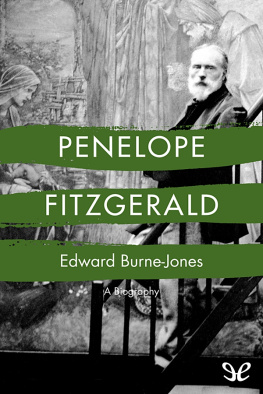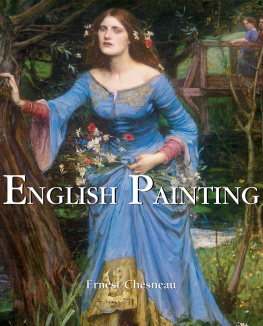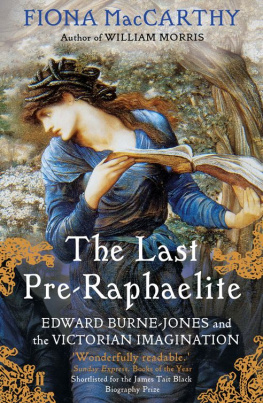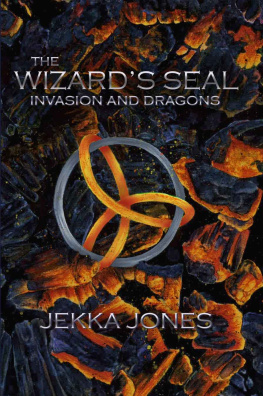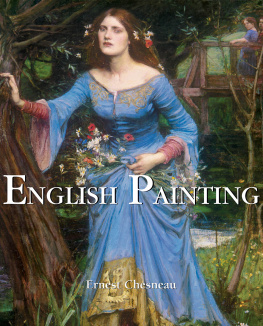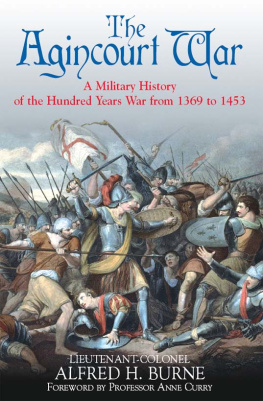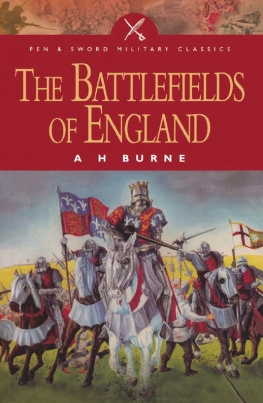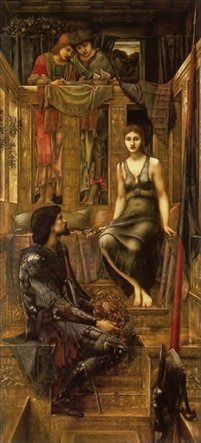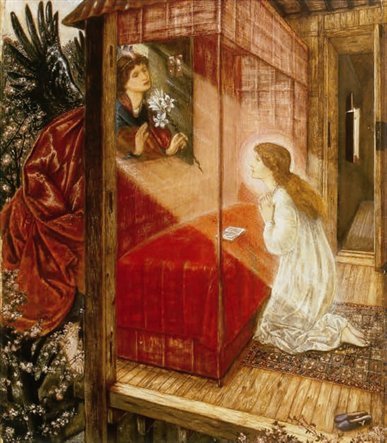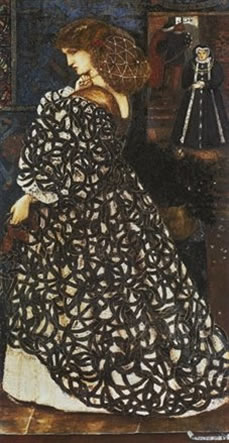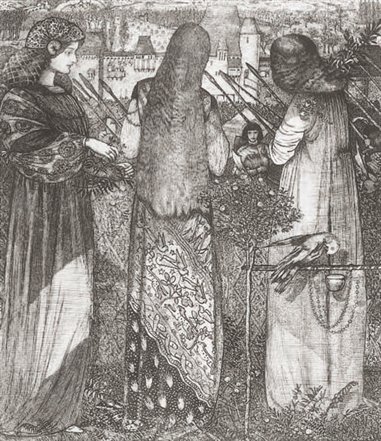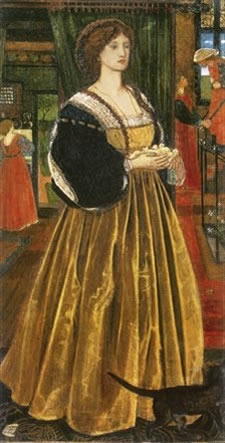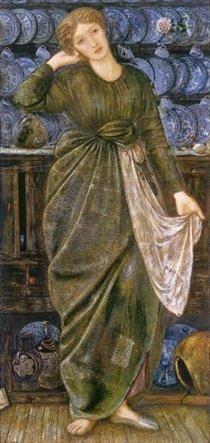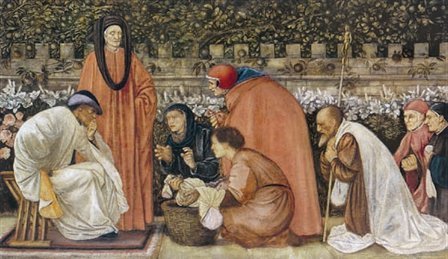Patrick Bade - Edward Burne-Jones
Here you can read online Patrick Bade - Edward Burne-Jones full text of the book (entire story) in english for free. Download pdf and epub, get meaning, cover and reviews about this ebook. year: 2011, publisher: Parkstone International, genre: Detective and thriller. Description of the work, (preface) as well as reviews are available. Best literature library LitArk.com created for fans of good reading and offers a wide selection of genres:
Romance novel
Science fiction
Adventure
Detective
Science
History
Home and family
Prose
Art
Politics
Computer
Non-fiction
Religion
Business
Children
Humor
Choose a favorite category and find really read worthwhile books. Enjoy immersion in the world of imagination, feel the emotions of the characters or learn something new for yourself, make an fascinating discovery.
- Book:Edward Burne-Jones
- Author:
- Publisher:Parkstone International
- Genre:
- Year:2011
- Rating:5 / 5
- Favourites:Add to favourites
- Your mark:
Edward Burne-Jones: summary, description and annotation
We offer to read an annotation, description, summary or preface (depends on what the author of the book "Edward Burne-Jones" wrote himself). If you haven't found the necessary information about the book — write in the comments, we will try to find it.
Burne-Jones oeuvre can be understood as an attempt to create in paint a world of perfect beauty, as far removed from the Birmingham of his youth as possible. At that time Birmingham was a byword for the dire effects of unregulated capitalism a booming, industrial conglomeration of unimaginable ugliness and squalor. The two great French symbolist painters, Gustave Moreau and Pierre Puvis de Chavannes, immediately recognised Burne-Jones as an artistic fellow traveller. But, it is very unlikely that Burne-Jones would have accepted or even, perhaps, have understood the label of symbolist. Yet he seems to have been one of the most representative figures of the symbolist movement and of that pervasive mood termed fin-de-siecle. Burne-Jones is usually labelled as a Pre-Raphaelite. In fact he was never a member of the Brotherhood formed in 1848. Burne-Jones brand of Pre-Raphaelitism derives not from Hunt and Millais but from Dante Gabriel Rossetti. Burne-Jones work in the late 1850s is, moreover, closely based on Rossettis style. His feminine ideal is also taken from that of Rossetti, with abundant hair, prominent chins, columnar necks and androgynous bodies hidden by copious medieval gowns. The prominent chins remain a striking feature of both artists depictions of women. From the 1860s their ideal types diverge. As Rossettis women balloon into ever more fleshy opulence, Burne-Jones women become more virginal and ethereal to the point where, in some of the last pictures, the women look anorexic. In the early 1870s Burne-Jones painted several mythical or legendary pictures in which he seems to have been trying to exorcise the traumas of his celebrated affair with Mary Zambaco. No living British painter between Constable and Bacon enjoyed the kind of international acclaim that Burne-Jones was accorded in the early 1890s. This great reputation began to slip in the latter half of the decade, however, and it plummeted after 1900 with the triumph of Modernism. With hindsight we can see this flatness and the turning away from narrative as characteristic of early Modernism and the first hesitant steps towards Abstraction. It is not as odd at it seems that Kandinsky cited Rossetti and Burne-Jones as forerunners of Abstraction in his book, Concerning the Spiritual in Art.
Patrick Bade: author's other books
Who wrote Edward Burne-Jones? Find out the surname, the name of the author of the book and a list of all author's works by series.

